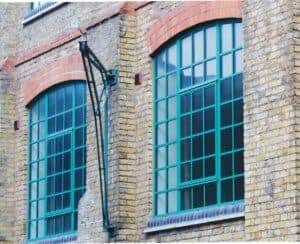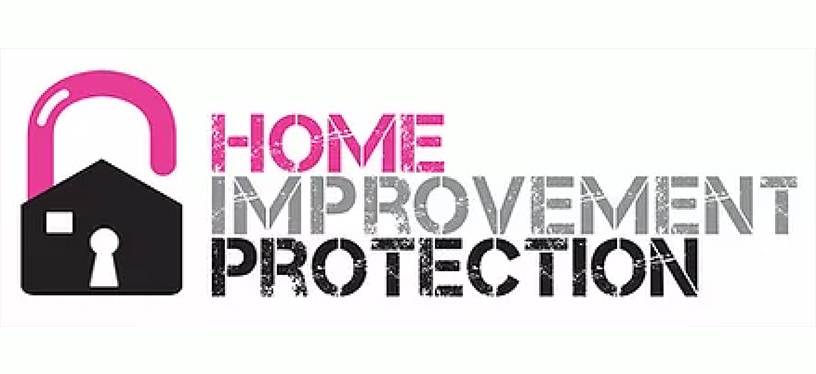As a builder, one of the most important elements of our job is to handle and transport building aggregates safely and efficiently. Unfortunately, not everyone takes these crucial steps seriously, putting themselves, their equipment, and their colleagues in danger. I personally have seen the consequences of neglecting proper handling techniques, and I can assure you that it's not worth the risk. That's why, in this buying guide, I want to share some tips for properly handling and transporting building aggregates to help you complete your projects with the utmost care, safety, and efficiency. Whether you're a seasoned builder or just starting out in the industry, I believe that these tips are essential to ensure a successful project outcome. Trust me, a few extra minutes spent on handling and transportation can save you hours of stress and additional costs down the line. So, let's dive in and discover how you can protect yourself, your equipment, and your team while dealing with building aggregates.
As a homeowner, I've learned that one of the most important things to consider when handling and transporting building aggregates is wearing the right protective clothing. This includes gloves, long sleeves, pants, boots, and most importantly, eye protection.
It's important to wear gloves when handling building aggregates because these materials can be sharp and cause cuts or abrasions. It's also important to wear long sleeves and pants so that your arms and legs are covered and protected. You should also make sure to wear boots that cover your feet and provide traction when walking on rubble or dirt.
The most important type of protective clothing to wear when handling and transporting building aggregates is eye protection. This can be in the form of safety glasses or goggles. This is important to protect your eyes from dust particles that may be in the air, or from any materials that may be kicked up from the ground.
By wearing the proper protective clothing when handling and transporting building aggregates, you are taking the necessary precautions to stay safe and avoid any potential injuries. It's important to remember to wear gloves, long sleeves, pants, boots, and eye protection at all times. Doing this will ensure that you are protected and can safely handle and transport building aggregates.
Use appropriate vehicles and trailers to ensure safe transport of building aggregates.
When it comes to transporting building aggregates, it's crucial to use appropriate vehicles and trailers to ensure safe transport. I learned this lesson the hard way when I tried to transport a load of gravel using my small pickup truck.
Not only was the load too heavy for my truck, but it wasn't properly secured, causing it to spill onto the road while I was driving. Luckily, no one was hurt, but the damage to my truck and the inconvenience of cleaning up the spill could have easily been avoided if I had used the right vehicle and trailer.
To avoid making the same mistake, it's important to choose a vehicle and trailer that can handle the weight of the aggregate you need to transport. Consider the weight of the load, as well as the weight of the trailer itself, to make sure you're not exceeding the towing capacity of your vehicle.
Additionally, make sure your trailer has appropriate safety features such as brakes, lights, and reflectors. Be sure to properly secure your load with straps or bungee cords to prevent shifting or spilling during transport.
By using appropriate vehicles and trailers, you can ensure safe and efficient transport of building aggregates, while avoiding potentially costly and dangerous accidents. Trust me, it's not worth the risk to cut corners on transport options.
Inspect and maintain equipment regularly to ensure it is capable of safely transporting building aggregates.
As someone who has been in the construction business for a while now, I know firsthand how important it is to transport building aggregates safely. But it's not just about getting your equipment in good condition and hitting the road. You also need to inspect and maintain the equipment regularly.
You should inspect all vehicles and equipment that are used for the transportation of building aggregates to ensure they are safe and in good working condition before you load them. Regular maintenance of your equipment is critical to minimize downtime and reduce potential repair costs.
Regular maintenance includes checking all moving parts, fluids, and hoses. You need to make sure everything operates smoothly, without any unusual sounds or vibrations that could indicate problems.
If you're unsure about whether a piece of equipment is safe to use, get it inspected by a professional mechanic. They'll be able to identify any issues or potential problems that you may not be able to spot yourself.
Proper maintenance and inspection of equipment not only ensures that you minimize downtime and repair costs, but it also protects your workers. The last thing you want is for an accident to happen because you neglected the safety of your equipment.
To ensure safety when transporting building aggregates, always inspect and maintain your equipment. Take it from me; it's better to be safe than sorry.
Use appropriate lifting and loading techniques to avoid injury and damage to building aggregates.
Hey there, I wanted to share my experience with buying building aggregates and the importance of using appropriate lifting and loading techniques to avoid injury and damage. It’s something that I learned the hard way, so I hope this will save you from making the same mistakes I did.
When I made my first building aggregate purchase, I didn't even think about the implications of lifting such heavy materials. I figured I could just haul them around and load them onto my truck with brute force. I soon realized that this was a surefire way to hurt myself and damage the materials I was handling.
Using appropriate lifting and loading techniques is crucial when handling heavy building aggregates. Here are some tips to keep in mind:
1. USE THE PROPER EQUIPMENT: Choose equipment such as forklifts, cranes, or other machinery to lift and move heavy materials. This way, you reduce the risk of injury to yourself and avoid damaging the materials while loading them into your vehicle.
2. WEAR APPROPRIATE CLOTHING: Wear the right gear, such as gloves, sturdy boots or steel-toed shoes, and back braces, to help protect your body during the loading and unloading process.
3. ASK FOR HELP: Don’t be afraid to ask for help when loading heavy materials. Have a team of helpers like friends or colleagues who can help you with the heavy lifting.
I hope these tips serve as a reminder that when handling building materials, safety should always be your top priority. By using the appropriate lifting and loading techniques, you can avoid injury and damage to expensive building aggregates. Stay safe and happy building!
Securely place all building aggregates in the transport vehicle to prevent shifting and spillage.
Hey there! If you're planning on buying building aggregates soon, let me give you a tip on how to securely place them in your transport vehicle to prevent shifting and spillage. This is something that I learned the hard way, so hopefully my experience will save you some trouble.
First of all, make sure that your transport vehicle is suitable for carrying heavy loads. You don't want to overload it and risk damaging your vehicle or causing an accident on the road. Once you have a suitable vehicle, you need to choose the right type of container to hold your building aggregates. A flatbed trailer with sides and a tarpaulin cover is ideal for this purpose.
When loading your building aggregates, make sure that you place them in a way that they won't shift during transport. Use straps or ropes to secure them to the sides of the trailer and prevent them from bouncing around. Also, make sure that you load your aggregates evenly on the trailer to prevent one side from becoming heavier than the other.
If you're transporting loose aggregates like sand or gravel, you need to make sure that you cover them with a tarpaulin. This will prevent them from spilling over the sides of your trailer while driving. You could also use a net to cover your loading as this helps to keep everything tightly packed. You don't want to risk causing an accident or littering the highway with loose aggregates that can endanger other drivers.
always ensure that your building aggregates are securely placed in your transport vehicle before driving off as this can cause harm or even risk breaking the law depending on the transportation regulations of your area. Follow these guidelines when loading your building materials, and you will have a safe and smooth journey to your destination.
Conclusion
Following these tips for properly handling and transporting building aggregates is crucial for ensuring the safety of both yourself and those around you. Wearing protective clothing, using appropriate vehicles and equipment, and utilizing proper lifting and loading techniques are all essential steps to take in order to complete the task at hand safely. By implementing these practices, you minimize the risk of injury and damage to the building aggregates, as well as make the work environment a safer place for everyone involved. Remember, safety first!













